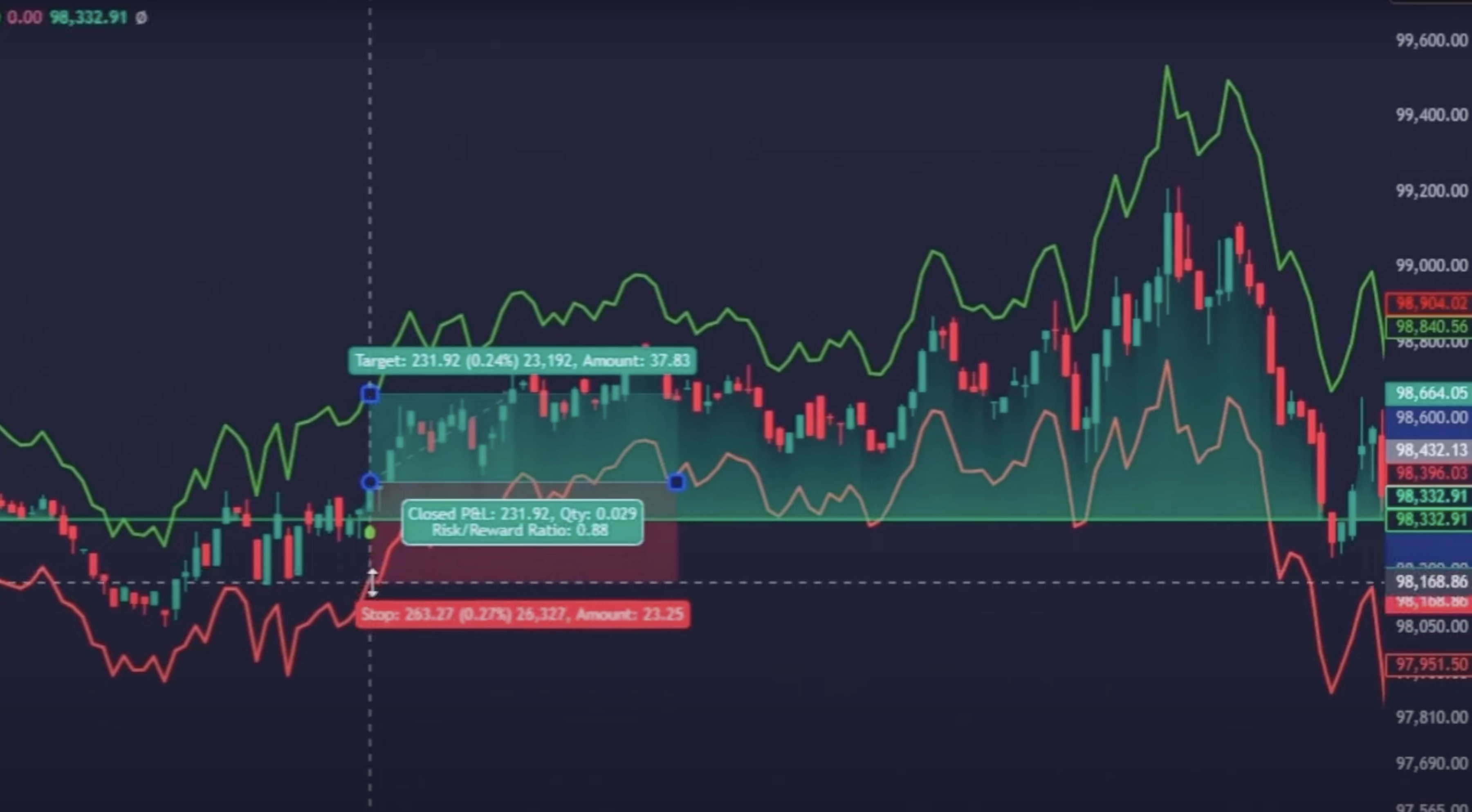Trading styles offer diverse approaches to navigating financial markets, each tailored to different timeframes, risk tolerances, and strategies. This survey note delves into six key trading styles—scalping, day trading, swing trading, position trading, news trading, and algorithmic/quantitative trading—using specific examples to illustrate their application. These examples are grounded in real market events, providing practical insights for traders at all levels.
Understanding Trading Styles
Trading styles vary based on how long a trader holds a position and the tools they use to make decisions. Scalping and day trading focus on short-term gains, often within a single day, while swing and position trading extend to days, weeks, or years, respectively. News trading leverages market volatility around specific events, and algorithmic trading automates trades using mathematical models. Each style has its own set of challenges and opportunities, as explored below.
Scalping
Scalping is a high-frequency trading style that aims to capture small price changes, typically holding positions for minutes or even seconds. It requires quick execution, high liquidity, and a disciplined exit strategy to manage the risk of rapid market movements. Scalpers often target volatile stocks with tight spreads, using technical indicators like Volume Weighted Average Price (VWAP) to identify entry and exit points.

Example: Tesla Stock Scalping in 2020
In 2020, Tesla (TSLA) was known for its volatility, making it a prime candidate for scalping. On one particular day, a trader noticed Tesla’s stock price pulling back to its VWAP around $360. Seeing this as a potential entry, the trader bought shares at $360. Within minutes, the stock spiked to $370, and the trader sold, locking in a $10 profit per share. This trade was repeated multiple times throughout the day, with the trader focusing on small, incremental gains. By the end, these small profits added up significantly, showcasing the scalper’s ability to capitalize on short-term price action.
“I finally got the pullback to VWAP and took a long at around $360, selling on the spike towards $370. It was a quick trade, but that’s the nature of scalping—you have to be fast and disciplined.”
This example highlights how scalpers use technical tools like VWAP to identify opportunities, focusing on high-liquidity stocks like Tesla to ensure quick execution.
Day Trading
Day trading involves opening and closing positions within the same trading day, aiming to profit from short-term price fluctuations. It requires active monitoring and often relies on technical analysis to identify trends, reversals, or breakouts. Day traders typically focus on stocks with high daily volume and volatility, allowing for tight spreads and quick fills.
Example: Tesla Day Trading in 2020
Using the same Tesla example, day traders might take a slightly longer approach than scalpers. On the day mentioned, Tesla opened at $360 and dropped to $355 early in the session. Anticipating a rebound, a trader bought at $355, holding until the stock rose to $370 later in the day, selling for a $15 profit per share. This trade was based on the expectation of a daily price recovery, a common strategy in day trading, especially for volatile stocks like Tesla.
“Tesla’s volatility makes it ideal for day trading. I bought at $355 after the morning dip and sold at $370 when it hit resistance. It’s all about timing and understanding the stock’s daily patterns.”
Day traders often use tools like moving averages or support/resistance levels to identify entry and exit points, focusing on stocks with high daily volume to ensure liquidity.
Swing Trading

Swing trading seeks to capture short- to medium-term gains, holding positions for several days to weeks. It focuses on riding price swings within a broader trend, using technical analysis to identify entry and exit points. Swing traders often look for chart patterns, like breakouts or pullbacks, and use indicators like Relative Strength Index (RSI) or moving averages to time their trades.
Example: Apple Stock Swing Trading in 2024
In 2024, Apple (AAPL) was consolidating between $180 and $190. A swing trader identified a breakout above $190 as a bullish signal, buying shares at $192. Over the next two weeks, Apple’s stock rose to $205, driven by positive news about its new product lineup, including the iPhone 16. The trader sold at $205, locking in a $13 profit per share, demonstrating the patience required for swing trading.
“I saw Apple breaking out of its consolidation range at $190, so I bought at $192. Two weeks later, it hit $205, and I sold. Swing trading is about patience and letting the trend play out.”
This example shows how swing traders use chart patterns like breakouts to enter trades and hold them for short-term gains, often aligning with broader market trends or news events.